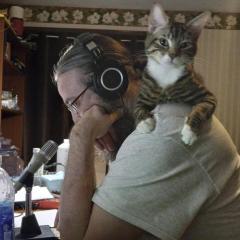Omega Chronostop Problem
-
Recently Browsing
- No registered users viewing this page.
-
Topics
-
Posts
-
By FabioBastardo · Posted
Will do. Funny it doesn’t have a makers name. -
By Neverenoughwatches · Posted
Andygsi said he was done after last week and think old hippy has gone the same way😞. I'll miss both of them, especially the old fella. -
Hello from the great state of Tennessee. I live just a couple of miles from the geographical center of Tennessee so when I say that I live in middle Tennessee, it's the truth. Over the past couple of years I have really grown to love Hamilton pocket watches. Specifically the RR lever set ones. I have about 20 Hamiltons & most of them are 21 jewel RR watches. One of these days I'm gonna dive in & see if I can take one apart, clean & reassemble it. The 940's I have are too beautiful for me to risk destroying so I plan on getting a running cheap movement to experiment on. I am looking forward to reading & learning about the process of watch repair. I'm happy to be here!
-
There's a really nice app for detecting magnetism, which is much more reliable than a compass; it's named "Magnetized Wristwatch Checker":
-
It's from Rolex spare parts catalogue published around 1940-1950. They are quite expensive and hard to find one. For future reference you can use https://thewatchmakersapp.com - at the moment that app has the most reliable and complete Rolex movements calibers listing available (around 100 and adding more) including all vintage movements from this catalogue (with scanned technical sheets linked), some of that info is not available anywhere else.
-





.thumb.jpg.cb17a66989f1e796fd4217db2e9ca9df.jpg)



Recommended Posts